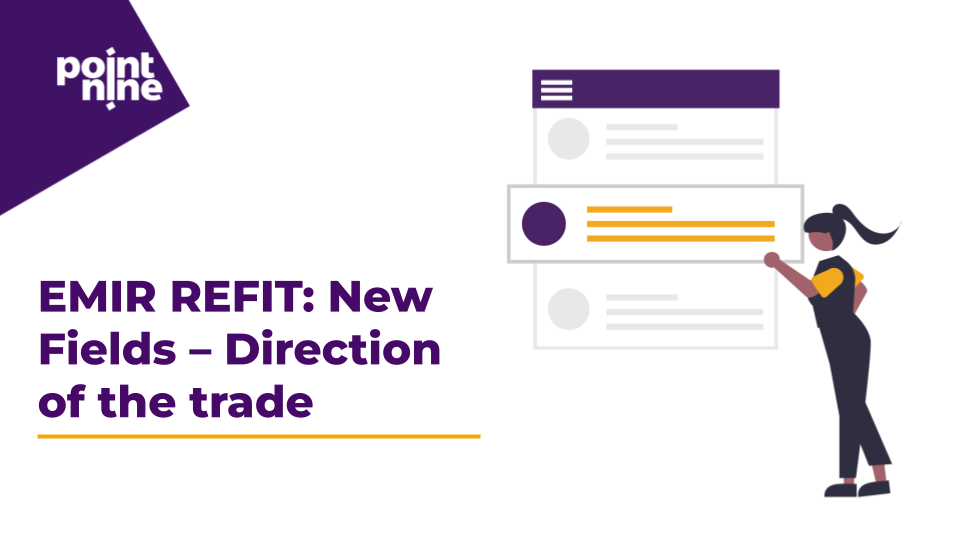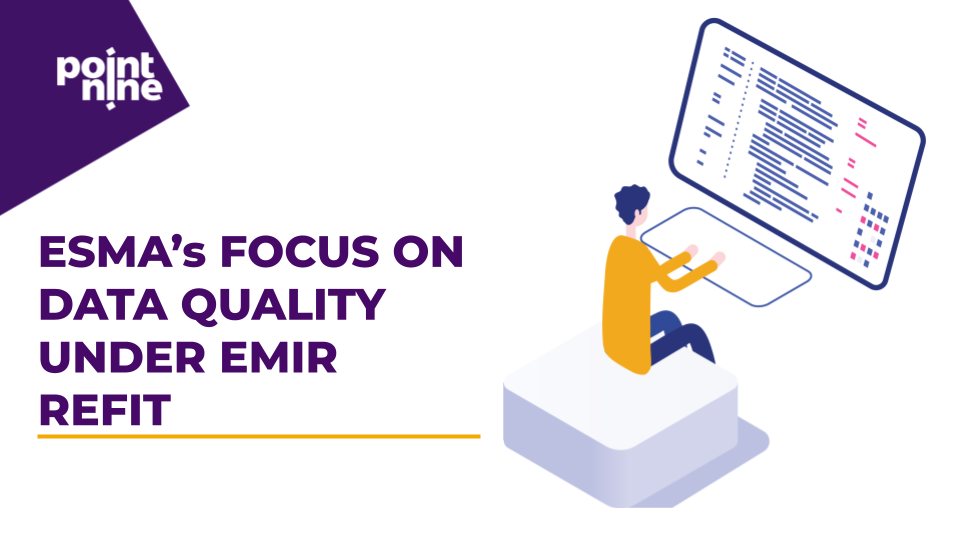It’s no secret that the major reporting regimes – MiFID II, EMIR, MiFIR, REMIT, CSDR, SFTR, FinfraG – have drastically impacted the European financial industry.
The level and volume of new regulations that businesses, firms, providers, and organisations are still adjusting to is only the beginning. Transaction reporting will continue to have a large impact on the infrastructure, resources, and budgets of organisations, providers, firms, and subsidiaries well into the future.
As we look to the future of European regulatory reporting, it will continue to require a deep understanding of the primary regulations. And we must ask ourselves, how will organisations and enterprises react to new regulations as they emerge? How will they deal with the constraints? What are the future goals?
In this article, we will not only review the current transaction reporting requirements and what they mean for firms, organisations, enterprises, and providers, but we will also look at the future of transaction reporting.
What is the Purpose of Transaction Reporting?
Transaction reports help to protect investors, consumers, and enterprises from fraud, abuse, crime, and the mishandling of information as well as the overall integrity of the European financial system. These reports provide data related to transactions, their sources, and other details.
Although transaction reports have ensured a level of accountability and increased transparency more than ever before, they have created numerous challenges among organisations, firms, enterprises, and providers, specifically related to data accuracy and quality.
What Does Your Firm Need to Do?
In an effort to reduce the risks of data inaccuracy and poor-quality reports, organisations, trading venues, and other investment firms have adopted technology and established processes in order to reduce the amount of manual work involved in reporting. Many have partnered with third-party providers to ensure accurate and quality reporting.
For example, the MiFID II reporting regime mandates that investment firms and organisations submit both qualitative and quantitative data in their transaction reports. In short, quantitative data measure values and are often expressed in numeric form (i.e. how many, how often, and how much).
In regards to quantitative data, we refer to the classes of financial instruments, which include the following:
- Equities
- Debt instruments
- Interest rates
- Credit
- Currency
- CFDs
- Emission Allowances
- Securities
On the other hand, qualitative data are measures of ‘types’ and may be represented by a name, symbol, or a number code. Therefore, in regards to measuring and capturing qualitative data with respect to financial instruments, we have provided the following chart:

All About Reporting: Reportable vs. Non-Reportable Transactions
One of the biggest questions to arise from the launch and enforcement of MiFID II is what exactly are companies, enterprises, firms, and service providers required to report? What exactly are considered reportable and non-reportable transactions?
Reportable Transactions
Here are examples of reportable transactions:
- Financial instrument transfers between funds or portfolios are reportable as they constitute an acquisition and disposal when transferred from one fund or portfolio to the other.
- A transfer from an account held by one client to a joint account where the client is one of the joint holders
- Any and all activities related to IPOs, secondary public offerings or debt insurance—particularly those without allotment rights
- The acquisition of shares
- The acquisition and/or disposal of financial instruments
- Exercising a financial instrument or convertible bond
Non-Reportable Transactions
- Custodian/nominee moves financial instruments from one depository bank to another depository institution
- A client transfers financial instruments to a custodian/nominee to hold in its custodial/ nominee account as it is solely connected to custodial activity
- The creation and redemption of a fund by the fund administrator
- Exercising a financial instrument such as an option, a covered warrant, a convertible or exchangeable bond, an allotment right or a subscription right by the owner of the financial instrument
- The delivery of financial instruments to investment firm
- The acquisition or disposal in connection with mergers, takeovers, insolvency proceedings, stock splits or reverse stock splits
- The creation, expiration or redemption of a financial instrument as a result of pre-determined contractual terms, or as a result of mandatory events
- The issuance of script dividends
- Acquisitions under dividend reinvestment plans
- An exchange or tender offer on a bond or other form of securitised debt where the terms and conditions of the offer are pre-determined
- Securities Financing Transactions (SFTs)
The Reg Tech Solution
As we mentioned briefly above, in an effort to keep up with the MiFID II and MiFIR reporting requirements, many organisations and firms were forced to adopt technology, acquire new talent and resources, and build processes to support the new reporting requirements and to also ensure they submit timely and accurate data and information.
Above all, perhaps the greatest challenge is that we don’t know what regulations will become mandatory a year, or even six months from now. This level of uncertainty has made many firms uneasy.
However, in an effort to reduce the risks associated with these unique challenges is firms can save as much data and information as possible from every source in the cloud. Therefore, data is readily available should new reporting questions and fields be required in the future. Implementing, documenting, and managing complex manual processes is transformed into implementing, documenting, and managing code.
How Point Nine Can Help
Point Nine specializes in working with businesses, enterprises, and large custodians with their reporting processes. The team provides automated reporting solutions, which include the following:
✓ Connectivity to all market participants—our automated solution can be adjusted and tailored to our clients’ internal and external data sources
✓ Fetch or receipt of raw data
✓ Eligibility of reportable transactions✓ Enrichment of raw data
✓ Validations and matching of data before submission of the report
✓ Fully automated solution
✓ Connectivity to National Competent Authorities and ARMs
✓ Acks/ Nacks processing and exception management
✓ Bespoke Business Rules
✓ Validations as per ESMA, ARM, and NCA rules
✓ GDPR compliant
✓ Web-based solution
✓ End of day reports
✓ Full audit trail
The team at Point Nine has served hundreds of organisations, enterprises, providers, and firms over the years, and has helped them with their reporting needs. To learn more about how we can help you, contact our team today.





